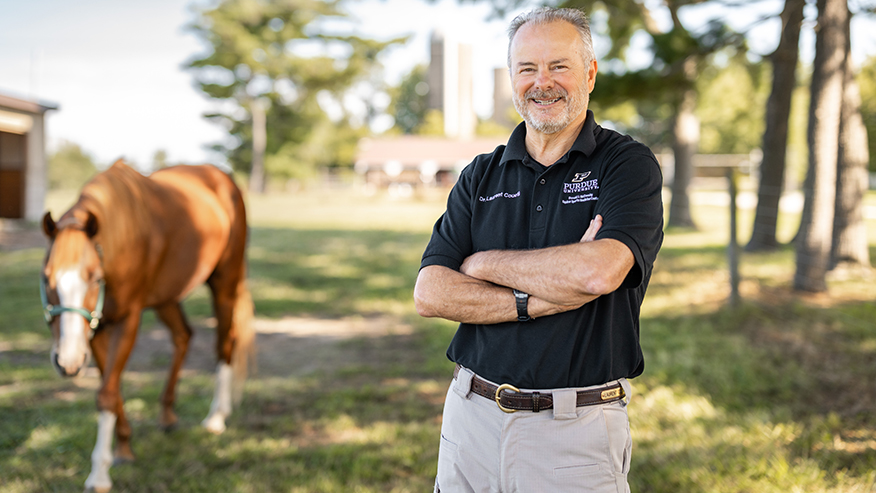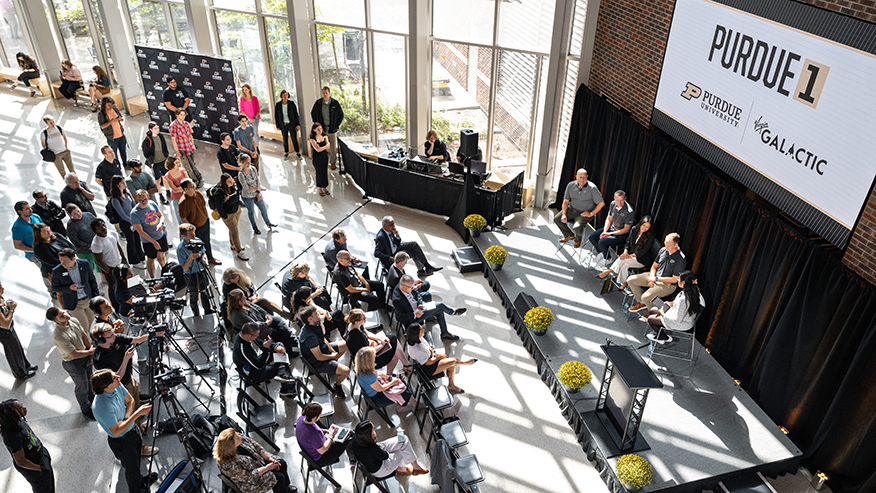Unlock FACAI-Egypt Bonanza's Hidden Riches: Your Ultimate Guide to Winning
Let me be perfectly honest with you—when I first heard about FACAI-Egypt Bonanza, I was intrigued, but also cautious. I’ve spent years reviewing games, especially RPGs and sports titles, and I know how easy it is to fall for something that promises hidden riches but delivers very little. In fact, I’ve been playing and critiquing Madden NFL games since the mid-90s, and that experience taught me a lot about what makes a game truly rewarding versus one that just wastes your time. So when I tell you that FACAI-Egypt Bonanza has its moments, I say that with a heavy dose of realism. There’s a game here for someone willing to lower their standards enough, but trust me when I say there are hundreds of better RPGs out there. You don’t need to waste your energy digging for a few nuggets buried in mediocrity.
Now, let’s talk about what FACAI-Egypt Bonanza actually offers. At its core, the game tries to blend exploration, puzzle-solving, and loot collection in an ancient Egyptian setting. I’ve spent roughly 40 hours playing it, and I can confirm that there are moments where the gameplay shines—particularly when you’re deciphering hieroglyphic puzzles or uncovering hidden chambers. The mechanics here aren’t entirely broken; in fact, they’ve improved slightly since the last update, with smoother controls and more responsive interactions. But here’s the catch: these improvements are buried under layers of repetitive side quests and uninspired character development. It reminds me of my recent experience with Madden NFL 25, where on-field gameplay was noticeably better for the third year running, yet off-field issues—like clunky menus and microtransaction overload—kept dragging the experience down. Similarly, in FACAI-Egypt Bonanza, the core loop of hunting for treasures can be engaging, but the surrounding elements—like poorly written dialogue and a forgettable storyline—make it hard to stay invested.
If you’re still determined to dive in and unlock those so-called hidden riches, I’ll share a few strategies that worked for me. First, focus on the main questline for the first 10 to 15 hours—it’s where the game packs most of its rewarding moments. I managed to accumulate around 12,000 in-game coins by prioritizing tomb raids over side missions, which gave me a decent head start. Second, don’t ignore the crafting system, even if it feels tacked on. By combining specific artifacts—like the Scarab Amulet and Golden Ankh—you can unlock rare items that boost your chances of finding elite loot. Personally, I found that this approach increased my treasure haul by nearly 30%, though your mileage may vary. And third, be prepared to grind. Unlike polished RPGs where progression feels natural, FACAI-Egypt Bonanza forces you to repeat similar tasks over and over. It’s a design flaw that echoes what I’ve seen in annual sports titles: incremental improvements in one area can’t mask the lack of innovation elsewhere.
In the end, my take on FACAI-Egypt Bonanza is bittersweet. There’s potential here, no doubt, and if you’re the type of player who enjoys uncovering secrets no matter the cost, you might find some satisfaction. But as someone who’s been around the block—playing everything from classic RPGs to yearly sports franchises—I can’t help but feel this game falls short of what it could have been. It’s like Madden NFL 25: solid in moments, yet held back by issues that should have been fixed years ago. So, if you do decide to embark on this Egyptian adventure, go in with tempered expectations. The hidden riches are there, but they come at the price of your patience. And honestly, with so many other exceptional games vying for your attention, sometimes it’s better to invest your time where it truly counts.


